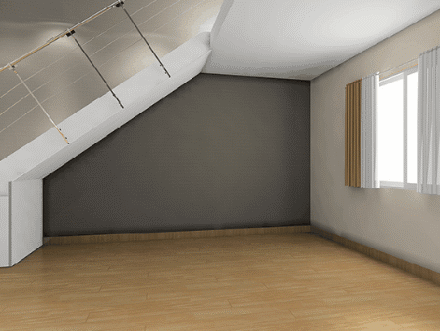An object-relational database system puts an object oriented front end on a relational database (RDBMS). When applications interface to this type of database, it will normally interface as though the data is stored as objects. However the system will convert the object information into data tables with rows and columns and handle the data the same as a relational database. Likewise, when the data is retrieved, it must be reassembled from simple data into complex objects.
Extending the Oracle 21c Server with Object Types
Oracle 21c expands current datatypes and adds new datatypes to support larger data and openness in the database:
- User-defined types or object types
- Collection types such as
VARRAY(varying array) andTABLE(nested table) - Relationships such as
REF(reference) - Large object types such as
BLOB(binary large object),CLOB(character large object), andBFILE(binary file).

|


|
|
We have a genetic predisposition for diarrhea. Runs in our jeans. |